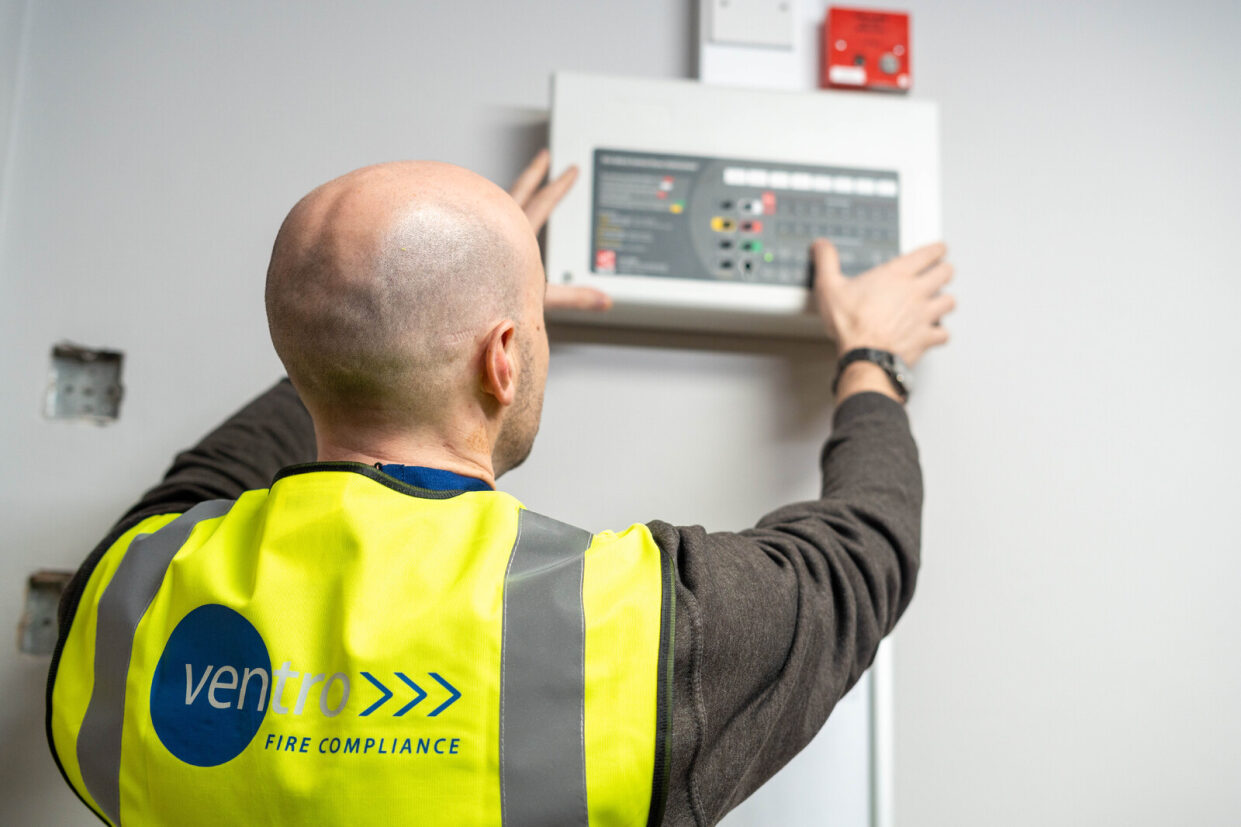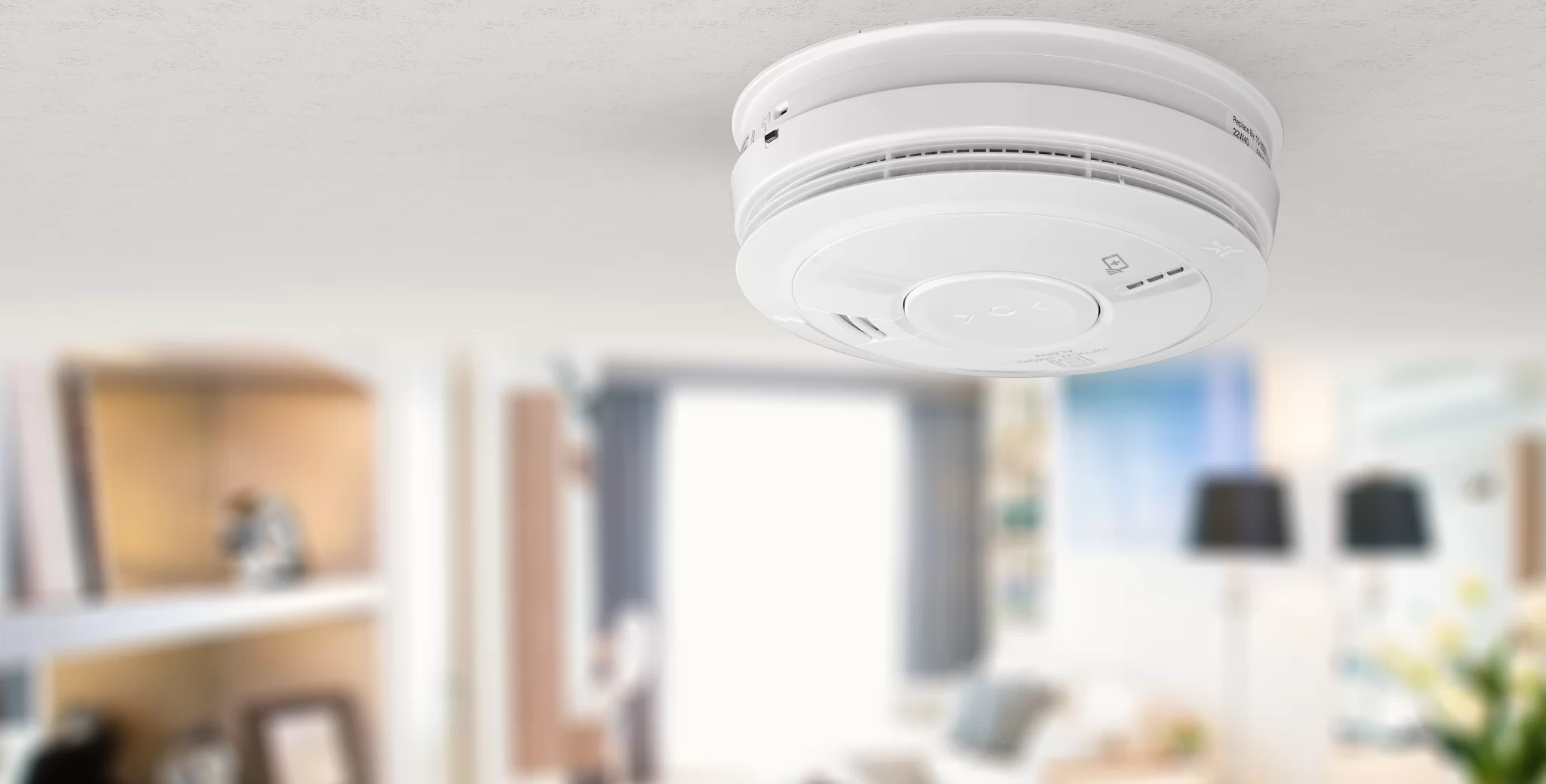Why L1 Fire Alarms Are Crucial for Care Homes

With many care home residents having limited mobility or medical conditions that make evacuation challenging, stringent fire safety measures within care homes are essential. One crucial component of these measures is the installation and maintenance of L1 fire alarm systems. In this context, "L" stands for "Life," highlighting the system's focus on preserving life by providing the earliest possible warning of a fire.
What’s Included In an L1 Fire Alarm System?
An L1 fire alarm system is the most comprehensive fire detection and alarm system available. It is designed to provide maximum protection and encompasses the entire building. Components of an L1 system include smoke detectors, heat detectors, and manual call points, installed in all areas of the building. This includes bedrooms, communal areas, corridors, and even storage spaces. The goal is to ensure that any sign of fire is quickly detected, enabling swift evacuation and response.
What Does UK Legislation Say?
UK legislation mandates the installation of L1 fire alarm systems in care homes to ensure the highest level of fire safety. The Regulatory Reform (Fire Safety) Order 2005 requires that all care homes perform a fire risk assessment and implement appropriate fire precautions based on the risk level. For care homes, this includes the installation of L1 fire alarms to protect vulnerable residents. Compliance with these regulations is not optional and is enforced by local fire and rescue authorities.
Why is This So Important for Care Home Providers?
The importance of L1 fire alarm systems in care homes cannot be overstated. Care home providers have a legal and moral duty to protect their residents. Failure to comply with fire safety regulations can lead to severe consequences, including hefty fines and legal action. Recent cases have seen care home providers fined by fire rescue services for not meeting the required safety standards . Beyond the financial and legal repercussions, non-compliance poses a significant risk to the lives of residents and staff. The FPA recently reported on charges levied against 2 directors of a small care home in Nottingham over inadequate fire safety measures, including an unsuitable fire alarm system.
Maintenance of L1 Alarm Systems
Regular maintenance and testing of L1 fire alarm systems are crucial to ensure they function correctly when needed. This involves routine inspections, testing of detectors and alarm sounders, and ensuring that any faults are promptly addressed. Adhering to a strict maintenance schedule, as outlined by British Standards (BS 5839-1:2017), ensures the system's reliability and efficacy, providing continuous protection for residents and staff.
BAFE SP203-1
When fitting a fire alarm system in a care home, BAFE SP203-1 accreditation is crucial. This accreditation signifies that the provider meets rigorous standards for the design, installation, commissioning, and maintenance of fire detection and alarm systems. For care homes, this ensures that the fire alarm system is not only installed correctly but also maintained to the highest standards, guaranteeing its reliability and effectiveness. Accredited providers like Ventro Group bring a level of trust and assurance that is essential for the safety of vulnerable residents.
-2.png?width=187&height=178&name=image%20(5)-2.png)
L1 fire alarm systems are legally required in care homes to provide the highest level of fire safety. These comprehensive systems ensure early detection of fire, facilitating swift evacuation and response. Compliance with fire safety legislation is crucial to avoid legal consequences and, more importantly, to protect the lives of vulnerable residents. Regular maintenance of these systems ensures their reliability, maintaining the safety and security of care home environments. By prioritising fire safety, care home providers ensure a secure and protective living space for their residents.
For a free alarm site survey of your facility, fill out the form below and one of our expert consultants will be in touch to arrange a visit that is convenient for you.
Sign up for fire safety updates!
You'll receive all the latest news and blogs straight to your inbox.





